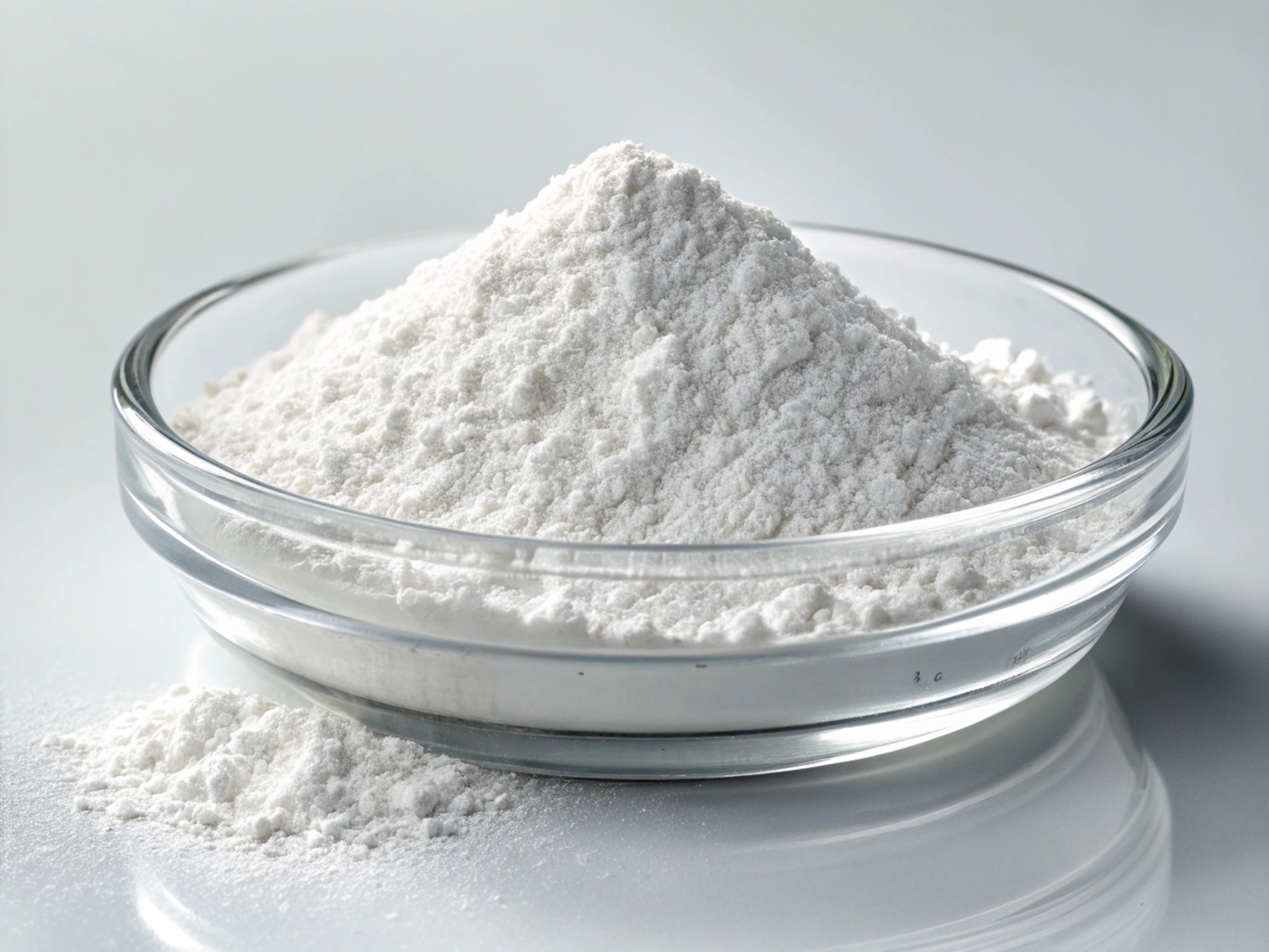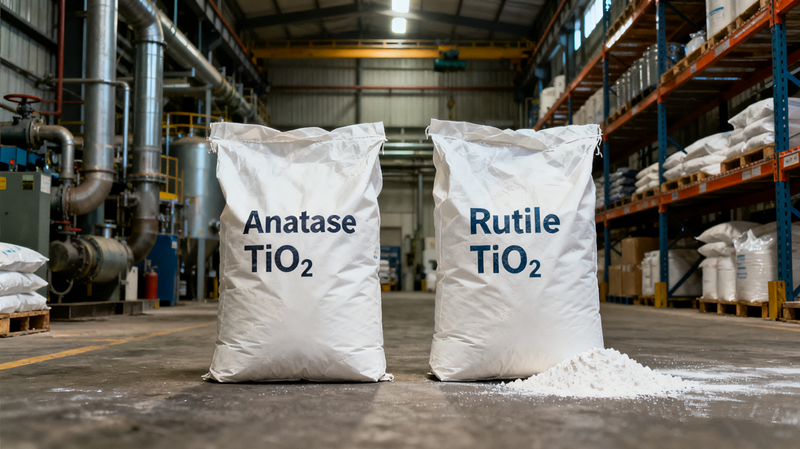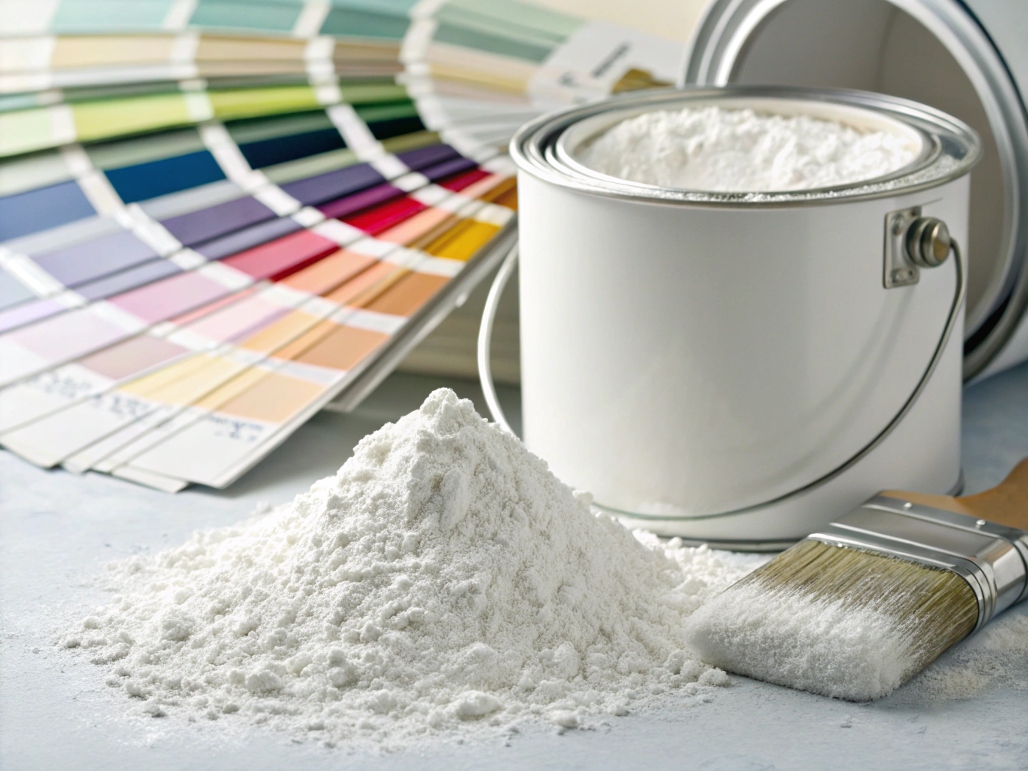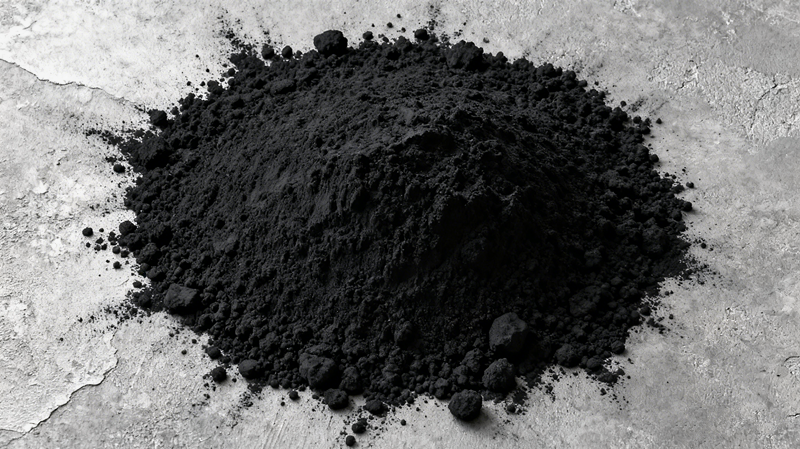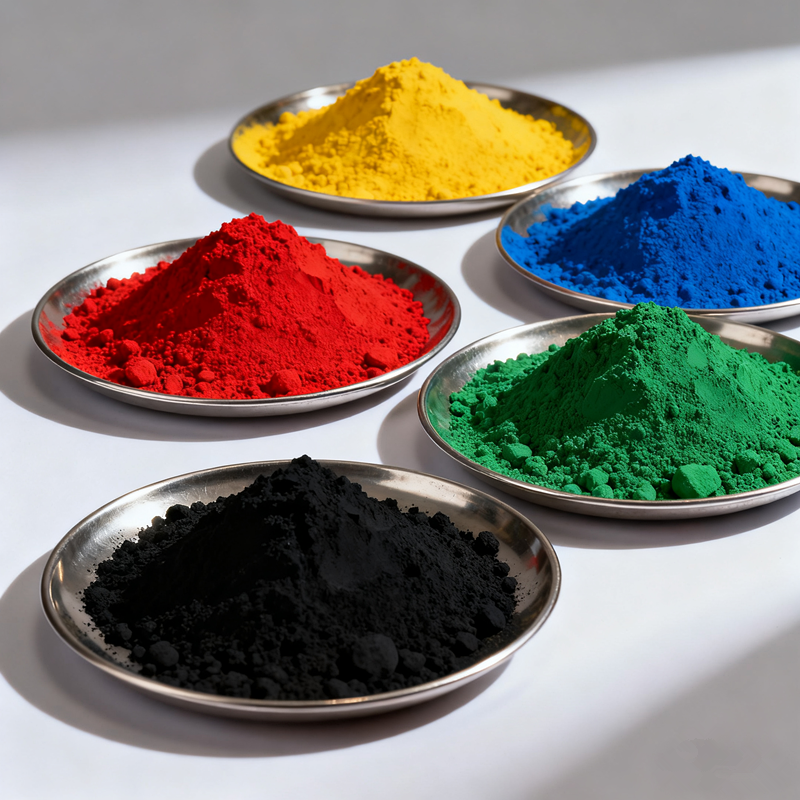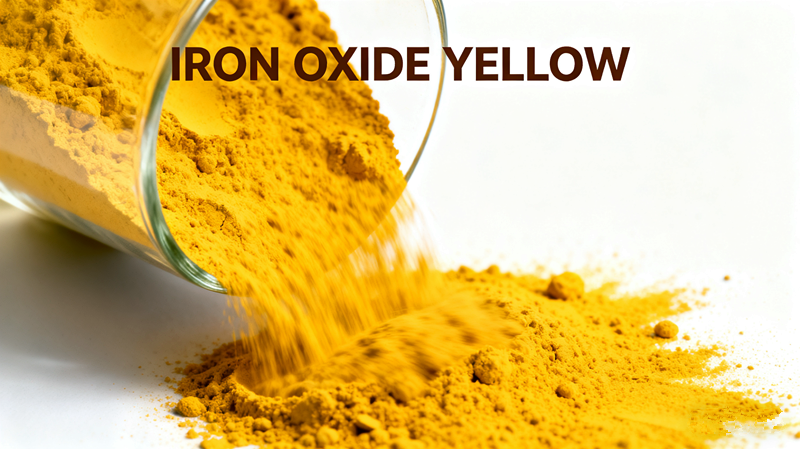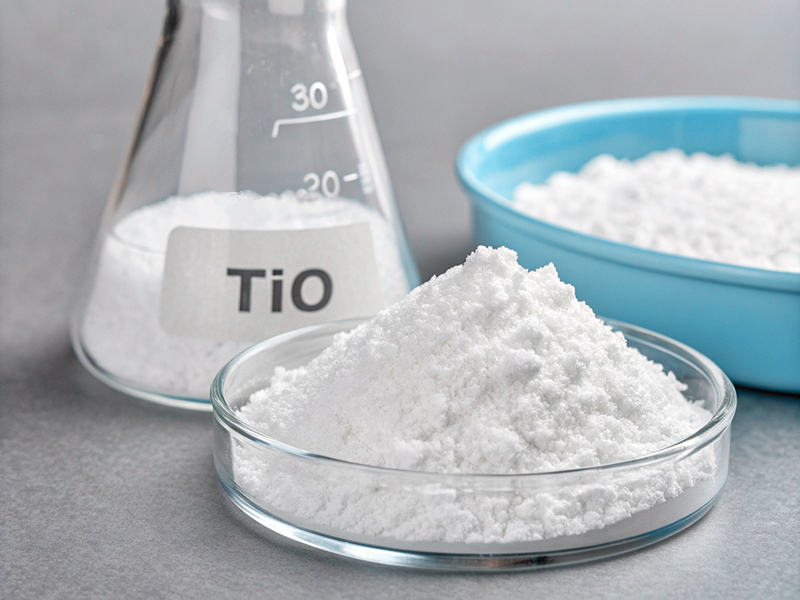Titanium dioxide (TiO₂) remains one of the most widely used white pigments in modern industries. Its exceptional opacity, brightness, and chemical stability make it indispensable in coatings, plastics, inks, paper, and construction materials. Within this field, two primary grades of titanium dioxide1 dominate production and demand: rutile and anatase. While both share the same chemical composition, their crystalline structures and performance properties determine their distinct applications and market positions.
This article examines the differences between rutile and anatase grades, their industrial roles, and which one holds the stronger position in the global titanium dioxide market.
The Distinction Between Rutile and Anatase
Titanium dioxide naturally occurs in several crystal structures, but rutile and anatase are the most commercially significant. The differences between the two are not just structural—they directly influence optical properties, durability, and application suitability.
-
- Denser crystal structure, providing higher refractive index.
- Superior hiding power and opacity.
- Outstanding weather and UV resistance.
- Slightly yellow undertone, enhancing warm-toned applications.
-
- Lower density and refractive index compared to rutile.
- Bluish undertone, giving a cleaner and brighter appearance.
- Excellent dispersibility in formulations.
- Less durable under long-term UV exposure.
While anatase is valued for specific applications requiring brightness and easy processing, rutile generally dominates where durability and performance are critical.
Applications Driving Market Demand
The choice between rutile and anatase depends largely on end-use industries. Each grade fulfills different technical requirements across global markets:
-
Rutile Applications
Rutile is the grade of choice for paints and coatings4, where opacity and weather resistance determine product lifespan. Architectural coatings, automotive finishes, and marine paints heavily rely on rutile TiO₂. Additionally, rutile is essential in plastics and masterbatches, ensuring long-lasting whiteness and UV stability in packaging, pipes, and construction materials. -
Anatase Applications
Anatase remains popular in paper and textile industries, where brightness and whiteness are crucial. It is also widely used in interior wall paints and printing inks, where UV exposure is limited. In recent years, anatase has gained attention in photocatalytic applications—including air purification and self-cleaning surfaces—thanks to its ability to generate reactive oxygen species under UV light.
The market distribution reflects these trends: rutile dominates outdoor and high-performance uses, while anatase serves cost-sensitive or indoor applications.
Globally, rutile maintains a stronger position in terms of production and consumption. According to industry data, rutile accounts for more than 70% of total titanium dioxide demand, driven by the coatings and plastics industries. Its dominance is supported by the rising need for durable construction materials and protective coatings in infrastructure projects.
Anatase, though smaller in share, continues to secure demand in Asia and developing markets. Its lower cost makes it attractive in regions where affordability outweighs long-term performance. China, as the world’s largest producer and consumer of TiO₂, plays a major role in sustaining anatase consumption, especially in domestic applications like paper, textiles, and low-grade paints.
In contrast, Europe and North America lean more heavily toward rutile, reflecting stricter quality standards in coatings and plastics. The Middle East and South America also show growing demand for rutile as infrastructure and industrial development accelerate.
Which Grade Dominates the Market?
The answer lies in performance requirements. Rutile dominates the global titanium dioxide market5, particularly in high-value segments such as coatings, plastics, and automotive finishes. Its superior hiding power, UV resistance, and durability make it indispensable for long-lasting applications.
Anatase, while smaller in share, is not without importance. It continues to serve industries where brightness and cost-efficiency matter more than weatherability. Additionally, its role in photocatalysis and functional materials may strengthen its future demand in environmental and energy-related fields.
Conclusion
As industries place increasing emphasis on durability, sustainability, and product efficiency, rutile’s dominance is expected to continue. However, anatase retains a competitive niche in specialized and cost-sensitive applications. The balance between the two will likely depend on regional economic conditions, technological advancements, and environmental regulations affecting TiO₂ production.
In the current global landscape, rutile remains the grade that drives the titanium dioxide market forward, with anatase maintaining steady support in specific sectors.
-
Exploring this link will provide insights into the diverse uses of titanium dioxide, enhancing your understanding of its industrial significance. ↩
-
Exploring this link will provide in-depth insights into Rutile TiO₂'s unique properties and its various applications in industries. ↩
-
This resource will help you understand the benefits and limitations of Anatase TiO₂, crucial for making informed decisions in material selection. ↩
-
Explore this link to understand how rutile enhances durability and performance in paints, crucial for various industries. ↩
-
Explore this link to understand the dynamics and trends shaping the rutile titanium dioxide market, crucial for industry insights. ↩


